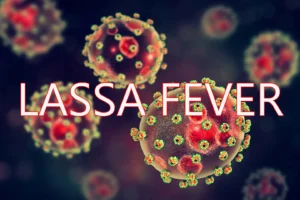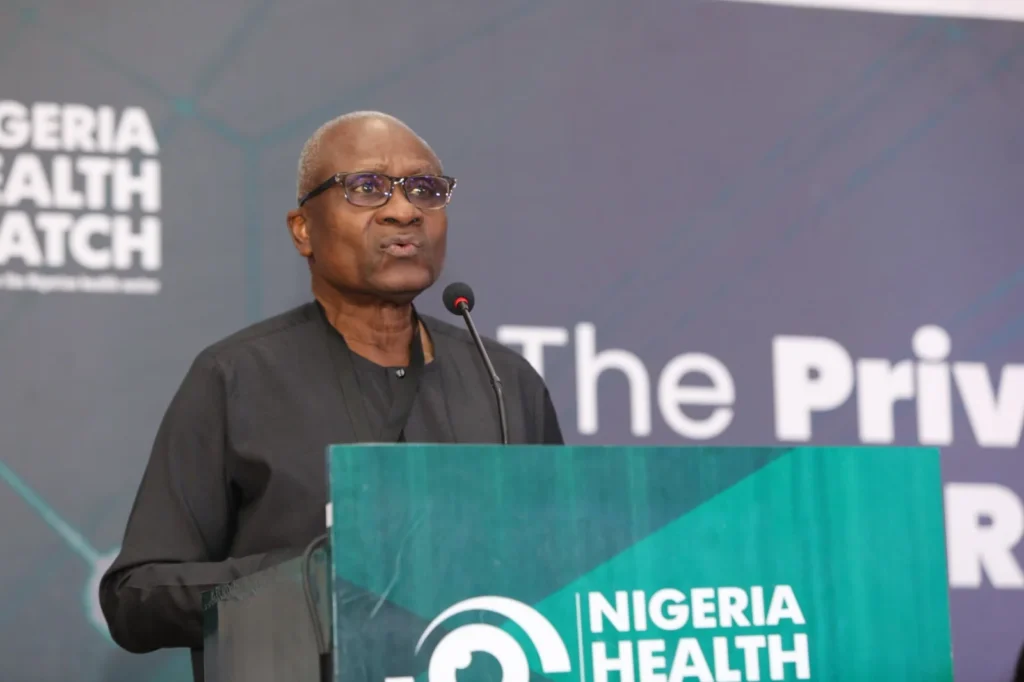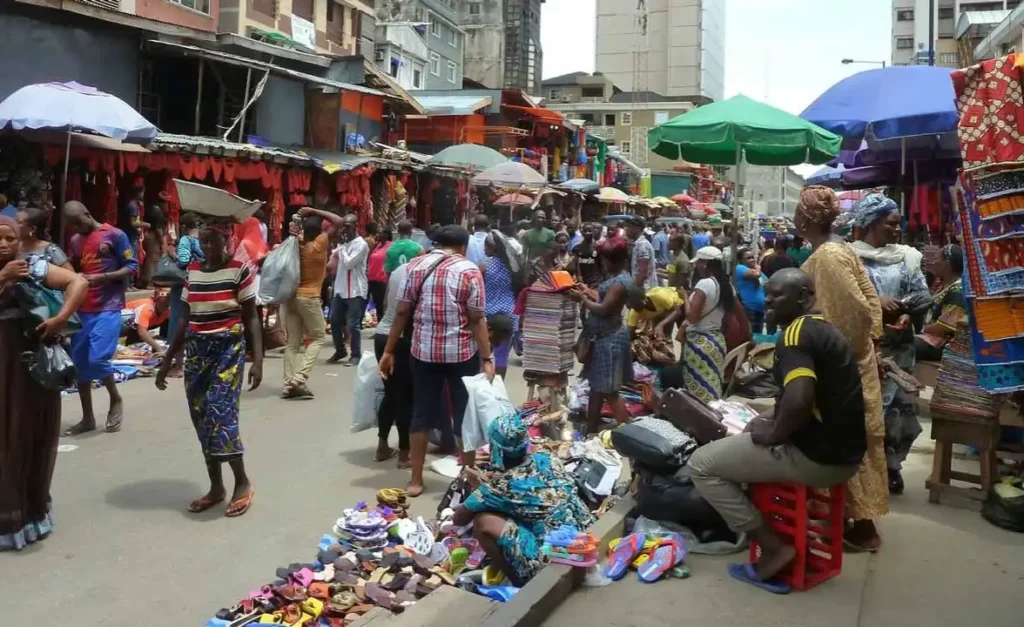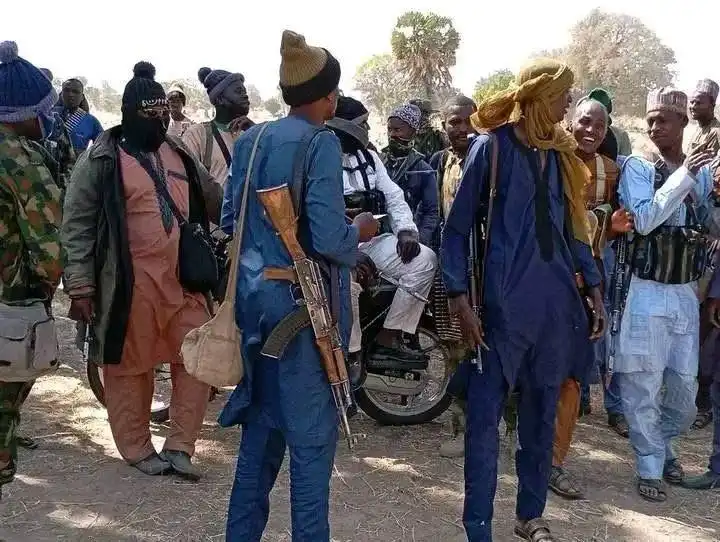In a revealing interview, the Director-General of the Nigeria Centre for Disease Control and Prevention (NCDC), Dr. Jide Idris, has addressed the alarming rise in severe cases and deaths linked to Lassa Fever across the country. The public health chief shed light on the multifaceted factors driving the spike, ranging from delayed case detection and poor public awareness to overstretched medical infrastructure and limited diagnostic access in rural communities.
According to Dr. Idris, the current outbreak is the result of a combination of environmental, behavioral, and systemic issues. “Lassa Fever is endemic in Nigeria, but we are seeing more critical complications now because people present late to hospitals,” he stated. “Many initially treat the symptoms as malaria or typhoid, which allows the virus to progress unchecked.”

Late Presentation, Poor Surveillance Worsen Outcomes
He stressed that Nigeria’s rural areas, where rodent exposure is higher and access to medical services is scarce, bear the brunt of the outbreak. “Early detection is key,” he noted, but emphasized that many local health centers lack the equipment or training to promptly identify the disease. This leads to delayed referral and management, often when the illness has become fatal.
Dr. Idris also highlighted the strain on the country’s public health surveillance system, which is still rebuilding post-COVID-19. He pointed to an urgent need for decentralized diagnostic labs and stronger community-based surveillance mechanisms to help local health workers detect and contain outbreaks faster.
Environmental Risk Factors and Prevention Shortfalls
The NCDC chief called for better public sanitation and rodent control in homes and marketplaces, particularly in the states most affected. He explained that deforestation, poor waste disposal, and unregulated urban expansion have all contributed to closer human-rodent contact — a primary transmission pathway for the virus.
“Lassa Fever is largely preventable if we reduce human exposure to infected rodents and improve environmental hygiene,” he said. “But we still struggle with behavioral change in many at-risk communities.”
Ongoing Response and Calls for Support
Despite limited resources, the NCDC has been deploying Rapid Response Teams to affected states, training frontline workers, and improving laboratory testing turnaround times. The agency is also ramping up its nationwide sensitization campaign in partnership with the media, civil society, and traditional institutions.
However, Dr. Idris reiterated that government support alone will not be enough. “We need the private sector, development partners, and local communities to be part of this effort. Everyone has a role in stopping Lassa Fever,” he concluded.
As Nigeria confronts yet another public health challenge, experts continue to call for urgent investment in epidemic preparedness and health infrastructure — not just to contain Lassa Fever, but to prevent future outbreaks from spiraling out of control.






